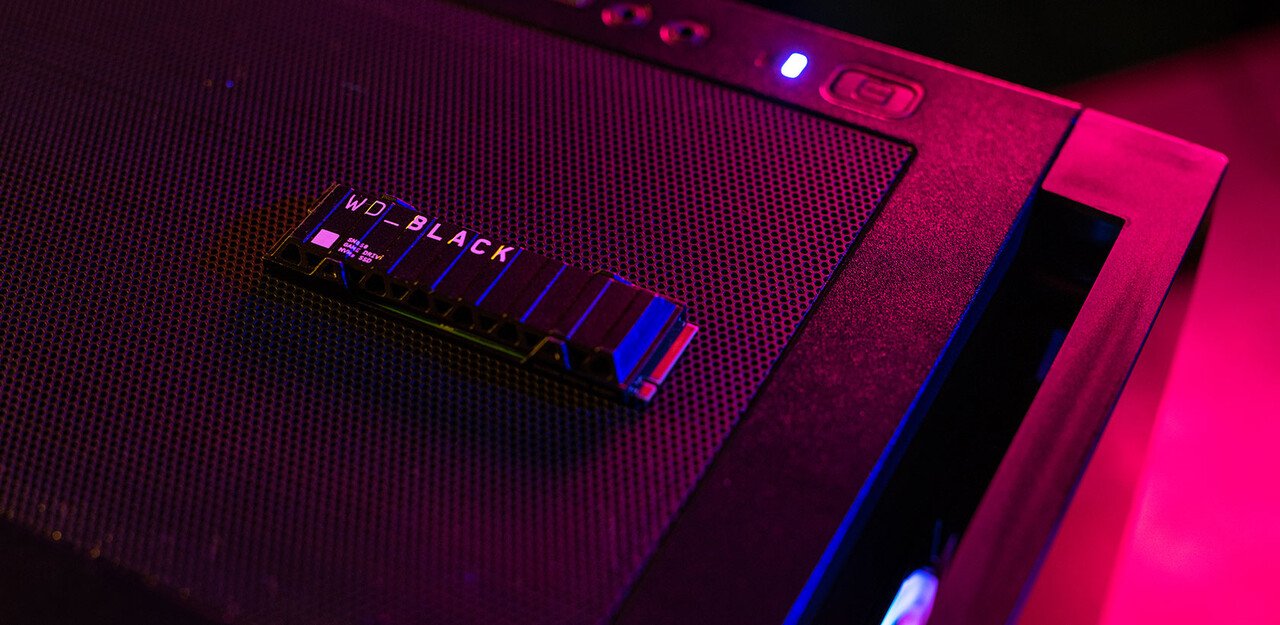Western Digital plants hit by contamination complications, creating massive 6.5-exabyte memory shortage
That equals 6.5 billion gigabytes down the drain.

What you need to know
- Western Digital just lost "at least" 6.5 exabytes' worth of flash storage availability due to "contamination."
- It's working with its joint-venture partner Kioxia Holdings Corp to restore the Japan-based memory plants to their usual operational status.
- 6.5 exabytes translates to 6.5 billion gigabytes.
A whopping 6.5-exabyte shortage is now on the menu for Western Digital due to a contamination issue at the company's memory manufacturing plants in Japan. Western Digital clarified that certain materials were contaminated resulting in the hampering of normal production capacity, though further details have yet to be disclosed. The company and joint-venture partner Kioxia Holdings Corp are actively working to get the manufacturing units back up to speed so that normal operational capacity can be reinstated as quickly as possible.
6.5 exabytes translates to 6.5 billion gigabytes. According to TrendForce, "the consequences of this latest incident may push the price of NAND Flash in Q2 to spike 5~10%." (via Tom's Hardware) The same report indicates that these damages account for approximately 3% of Western Digital's total annual output, and the total fallout has yet to be determined since Kioxia's losses haven't yet been tallied up.
For additional context on Western Digital and Kioxia's joint ventures, there were reports back in 2021 that the two were due to merge, though nothing developed publicly on that front.
As for how this contamination incident affects average consumers, consider the existing technology headaches already being incurred by the global chip shortage, then factor in Western Digital's reduced annual output as a result of its plant predicament. It is a problem folding over itself.
In addition to Western Digital's comments on the situation, Kioxia has a statement as well, stating that 3D BiCS flash has been affected, while 2D NAND flash memory production is anticipated to proceed as usual.
All the latest news, reviews, and guides for Windows and Xbox diehards.

Robert Carnevale was formerly a News Editor for Windows Central. He's a big fan of Kinect (it lives on in his heart), Sonic the Hedgehog, and the legendary intersection of those two titans, Sonic Free Riders. He is the author of Cold War 2395.
